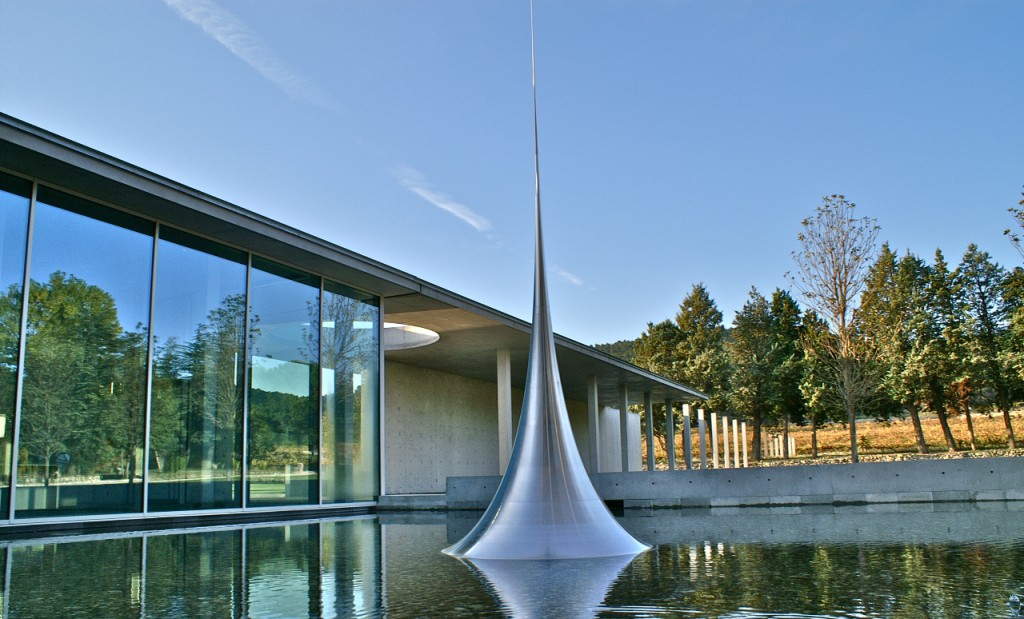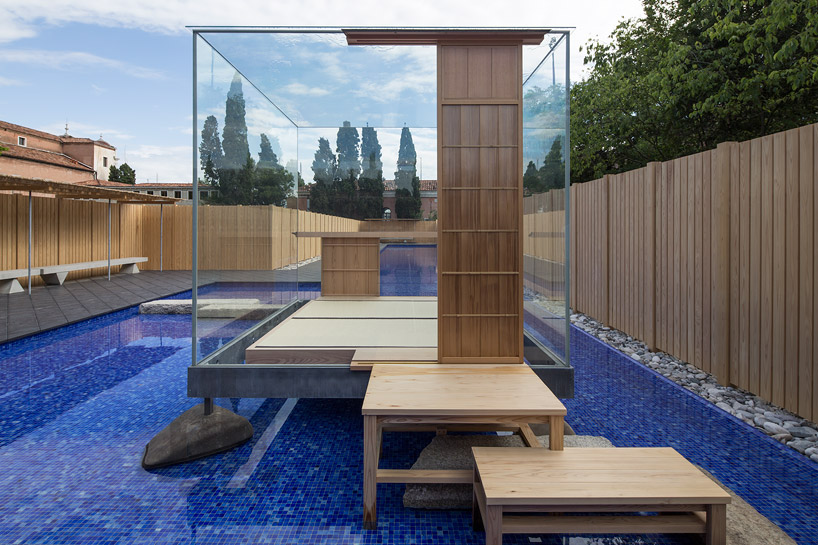HIROSHI SUGIMOTO
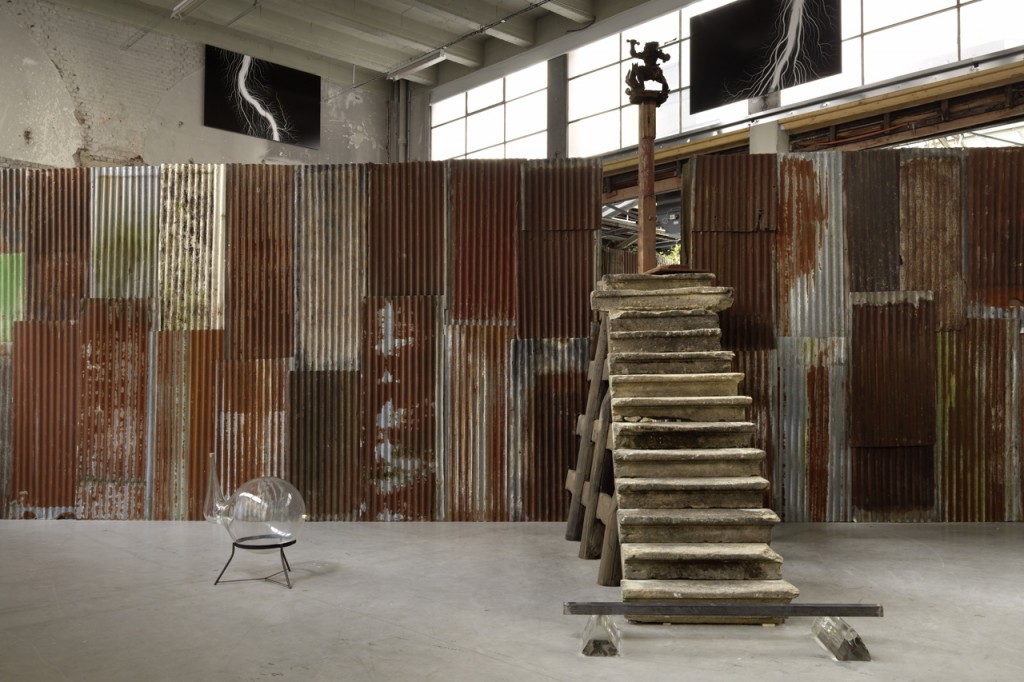
Né en 1948 à Tokyo. Diplomé de l’université de Rikkyo en 1970 et du Art Center College of Design de Los Angeles en 1974. Vit et travaille entre New York et Tokyo
Born in Tokyo in 1948. Graduated from Saint Paul’s University in 1970 and from Art Center College of Design in 1974. Currently lives and works between New York and Tokyo.
Hiroshi Sugimoto, Aujourd’hui, le monde est mort [Lost human genetic archive] – Palais de Tokyo (exposition du 24 avril au 7 octobre 2014)
À travers une œuvre où la maîtrise technique se double d’une solide armature conceptuelle, Hiroshi Sugimoto (né en 1948, vit et travaille entre New York et Tokyo) explore la nature du temps, de la perception et les origines de la conscience. Parmi ses séries photographiques les plus célèbres, on peut citer les Dioramas (1976-), des photographies, prises dans les muséums d’histoire naturelle américains, d’animaux empaillés mis en scène dans leur environnement habituel, les Theaters (1978-), obtenues en exposant la pellicule pendant l’intégralité de la durée de la projection d’un film, ou encore les Seascapes (1980-) qui capturent l’essence de paysages marins du monde entier en n’en retenant que les éléments fondamentaux, l’air et l’eau.
« Aujourd’hui le monde est mort [Lost Human Genetic Archive] » est une nouvelle facette d’une exposition que Hiroshi Sugimoto élabore depuis une dizaine d’années en juxtaposant ses collections d’objets, provenant d’époques et de cultures disparates, et ses œuvres photographiques. Les objets de sa collection sont « ses doubles » et sont indispensables à l’artiste en tant que sources d’enseignements qui lui permettent de renouveler son art. En se nourrissant de références au roman L’Étranger d’Albert Camus et aux objets ready-made de Marcel Duchamp, l’artiste a mis en scène un monde après la fin de l’humanité : une vision personnelle de l’Histoire vue depuis l’avenir. L’exposition est constituée d’une trentaine de scénarios, racontés par différents personnages fictifs : un apiculteur, un spécialiste des religions comparées ou encore un homme politique qui choisissent de préserver (ou non), pour le futur, leur patrimoine génétique individuel.
Conçue comme une sorte de ruine en résonance avec l’architecture atypique du Palais de Tokyo, l’exposition est non seulement la plus importante jamais réalisée en Europe par l’artiste, mais c’est aussi un projet unique qui témoigne de son large champ d’activité, depuis la littérature jusqu’à l’architecture. Elle est à l’image de sa tentative de comprendre l’art et l’histoire humaine selon une vaste échelle temporelle qui dépasse largement celle de l’humanité, tout en incluant sciences, religion, économie…
Corinne Atlan, Source : Palais de Tokyo
Hiroshi Sugimoto, Aujourd’hui, le monde est mort [Lost human genetic archive] – Palais de Tokyo (exhibition – 24 april to 7 october 2014)
Via a body of work in which technical virtuosity is backed by a sound conceptual framework, Hiroshi Sugimoto (b. 1948, lives and works between New York and Tokyo) explores the nature of time and perception, and the origins of consciousness. Among his most famous photographic series, mention may be made of Dioramas (1976-), taken in natural history museums, these photographs depict stuffed animals displayed in artificial habitats, Theaters (1978-), photographed by exposing the photographic film throughout the entire projection of a film, and Seascapes (1980-), which capture the essence of marine landscapes throughout the world, retaining only their crucial elements, air and water.
“Aujourd’hui le monde est mort [Lost Human Genetic Archive]” is a new facet of a series of exhibitions Hiroshi Sugimoto has been elaborating for about ten years, juxtaposing his collections of objects, coming from a range of periods and cultures, and his photographic works. The objects in his collection are his “doubles,” and are indispensable to the artist as sources of lessons that enable him to renew his art. Drawing on references to Albert Camus’s novel L’Étranger [The Stranger] and Marcel Duchamp’s ready-mades, the artist has staged a world after human beings have ceased to exist: a personal vision of history, seen from the future. The exhibition consists of around thirty scenarios, narrated by different fictitious characters: a bee-keeper, a specialist in comparative religion, and a politician, who choose to preserve (or not to preserve) their individual genetic information for the future.
Devised as a kind of ruin, resonating with the atypical architecture of the Palais de Tokyo, the exhibition is not only the largest the artist has ever staged in Europe, but also a unique project that bears witness to his wide field of activity, ranging from literature to architecture. It is in the image of his attempt to understand art and human history according to a vast time scale that goes well beyond that of the human species, at the same time including science, religion, economics, etc.
Corinne Atlan,Source : Palais de Tokyo
TRAVAUX/WORKS :
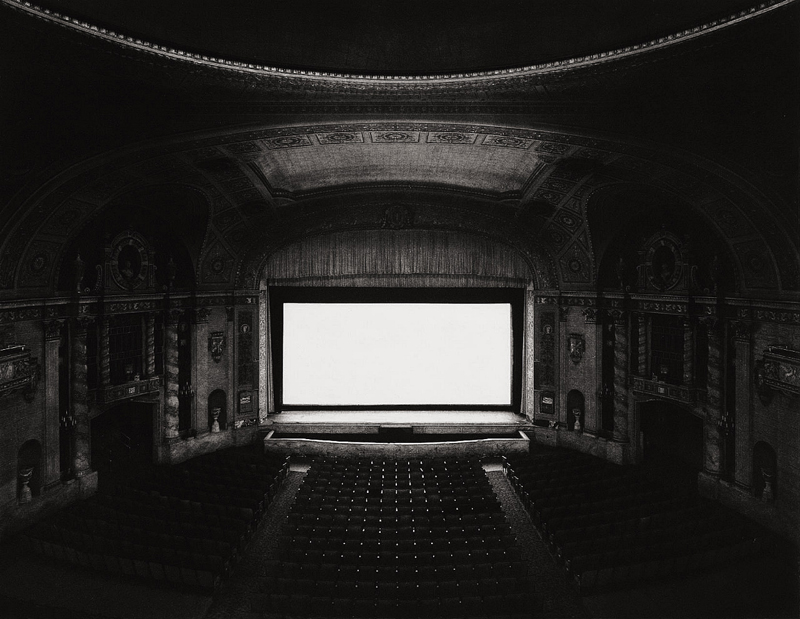
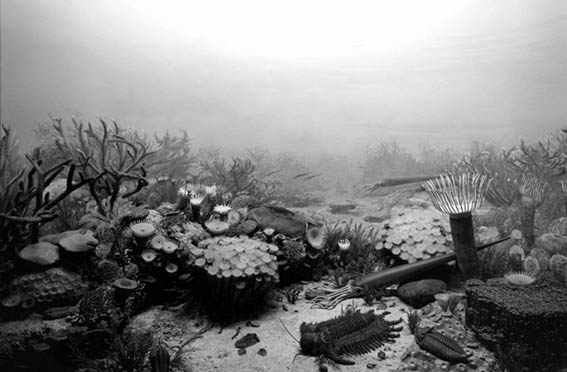
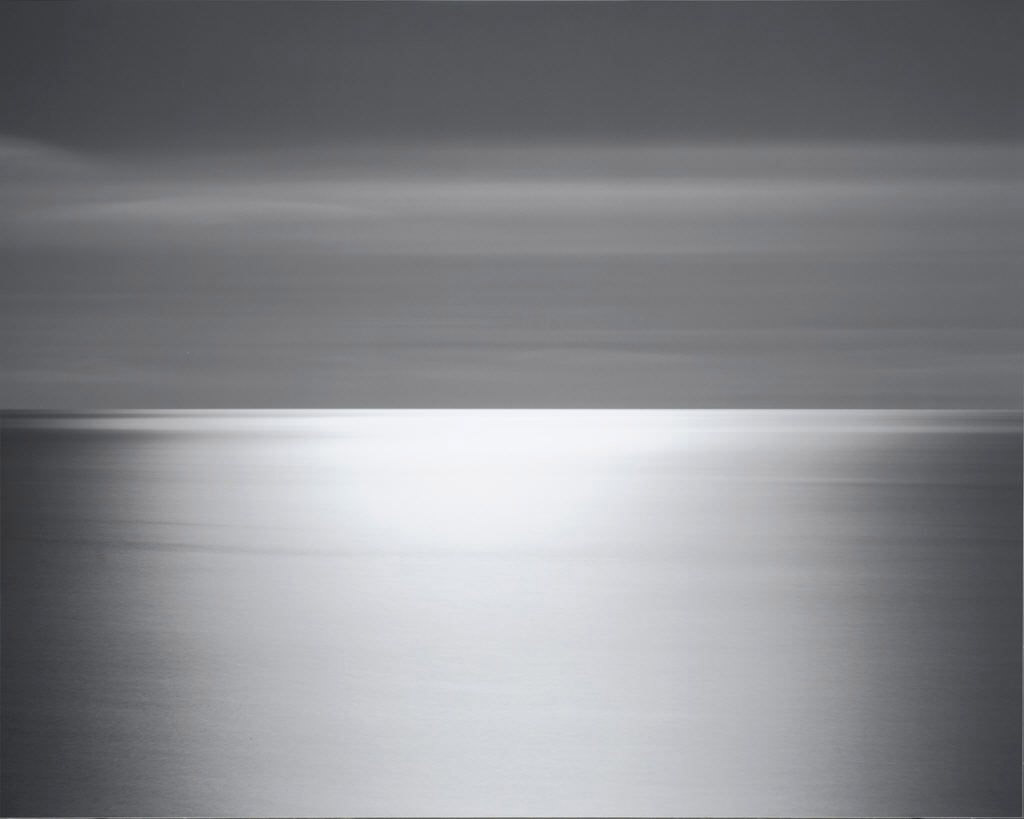

149.2×716.3cm/2 sets, 2009
